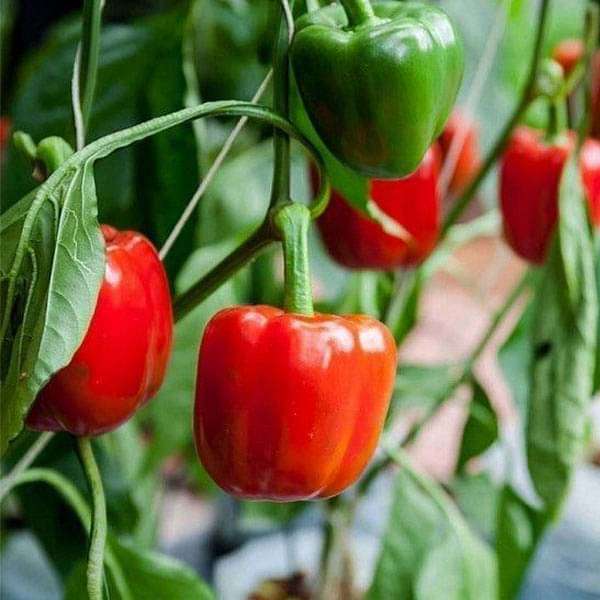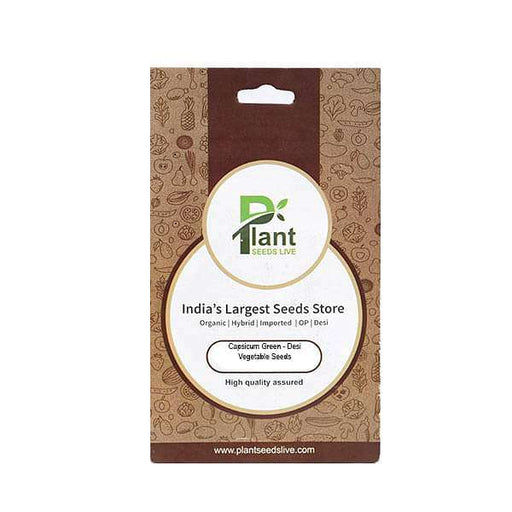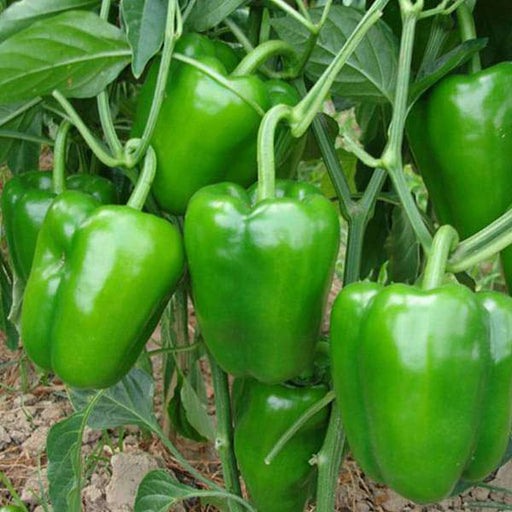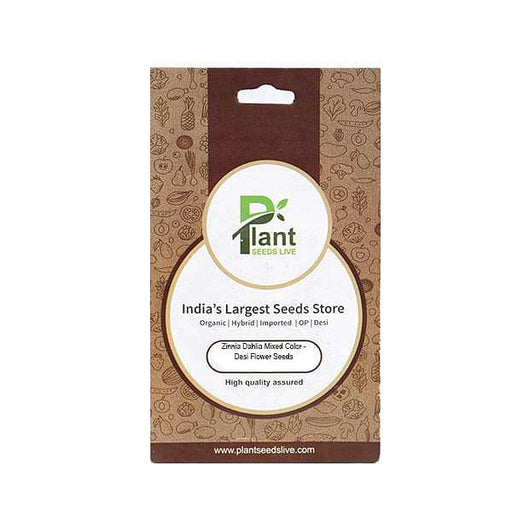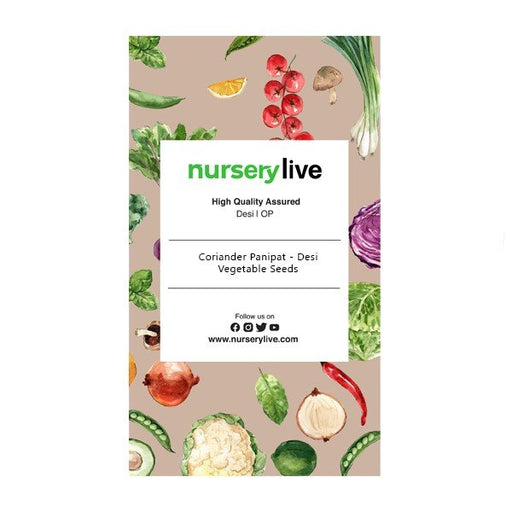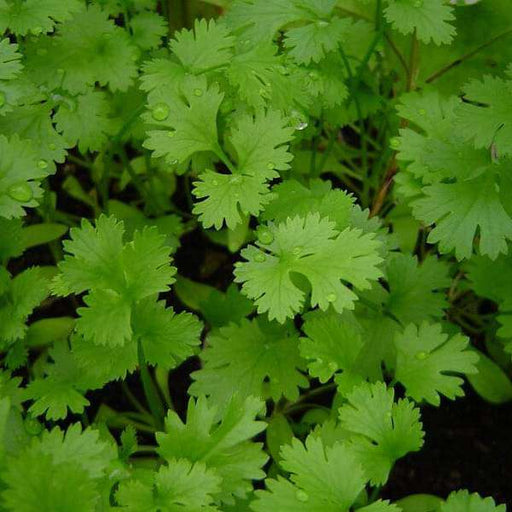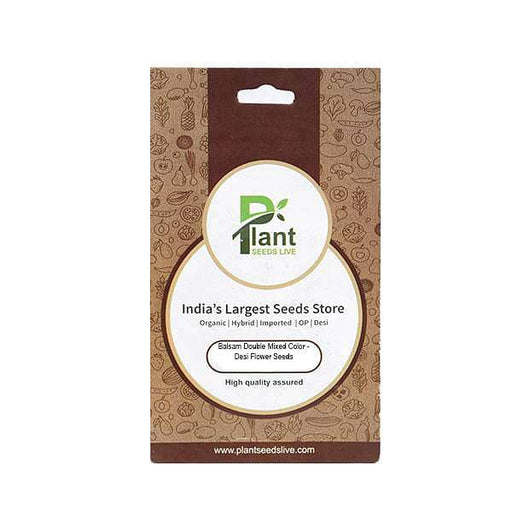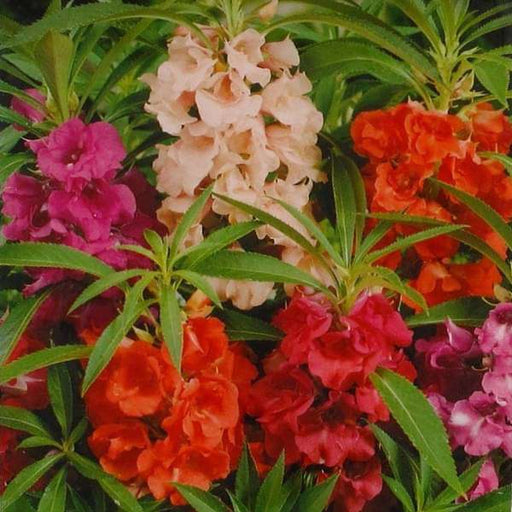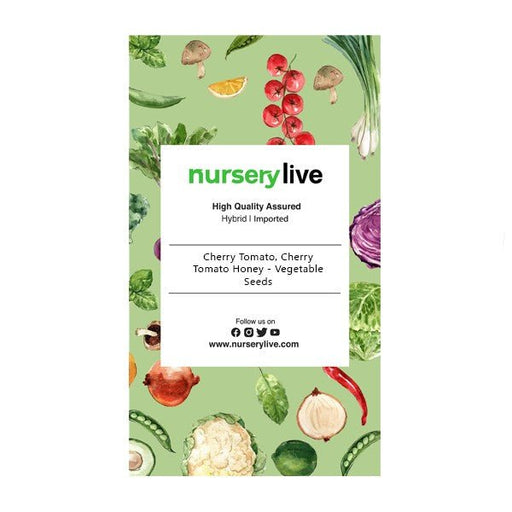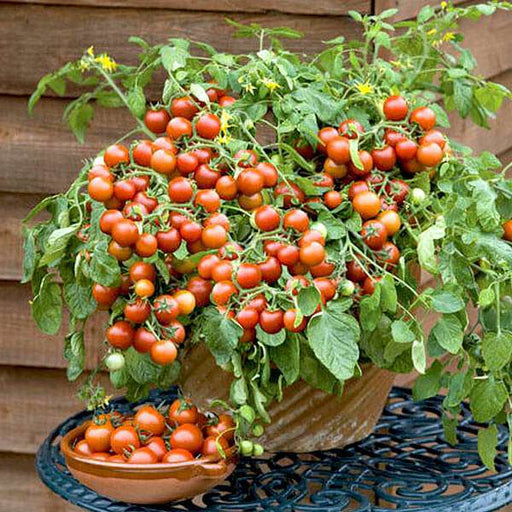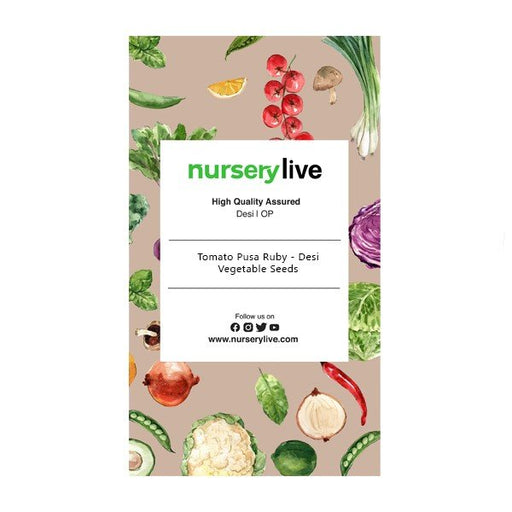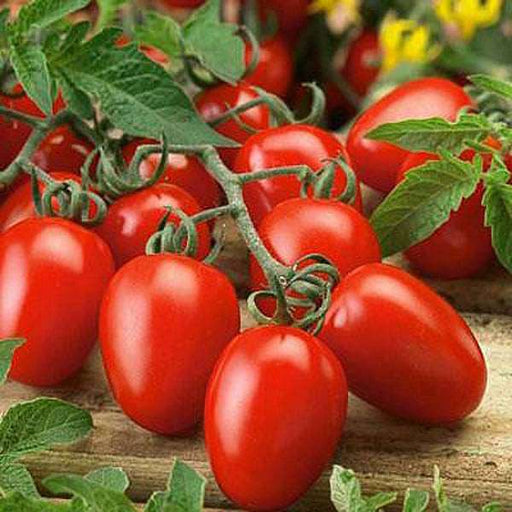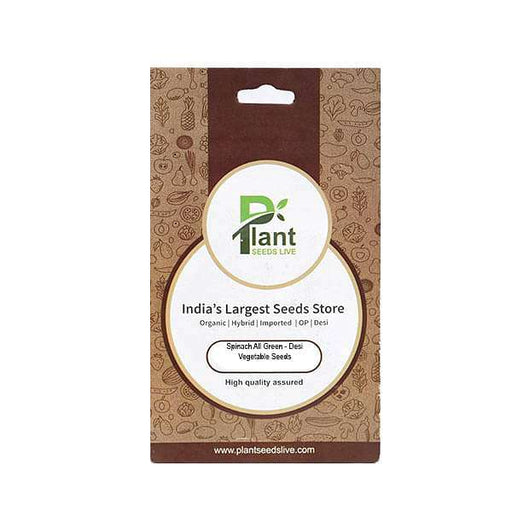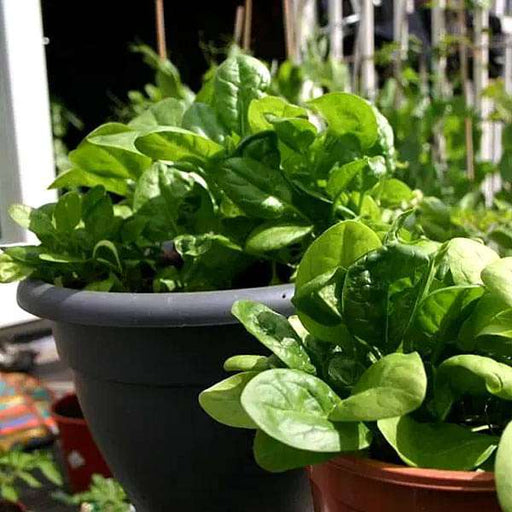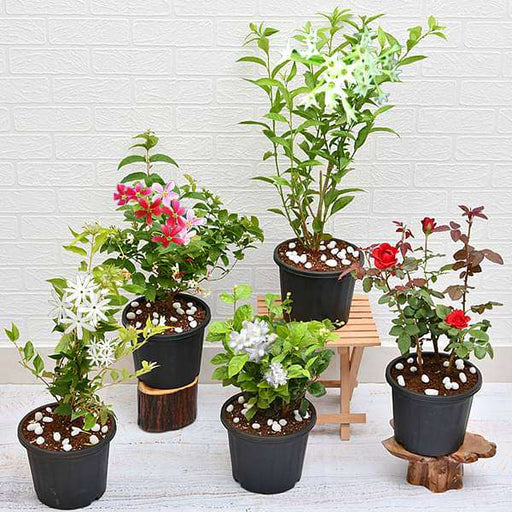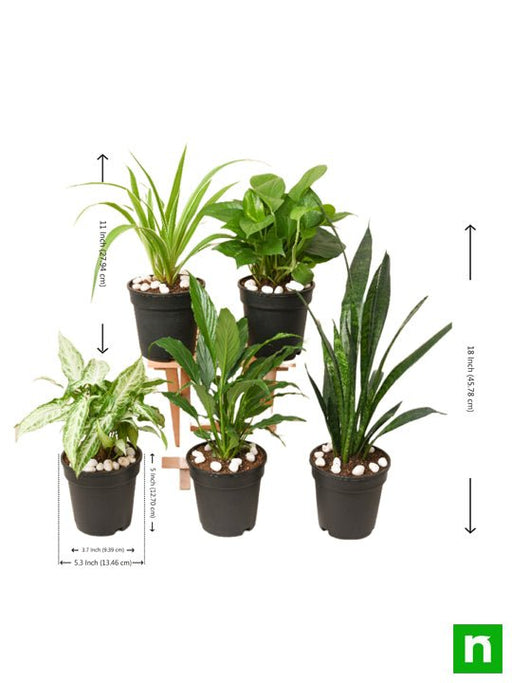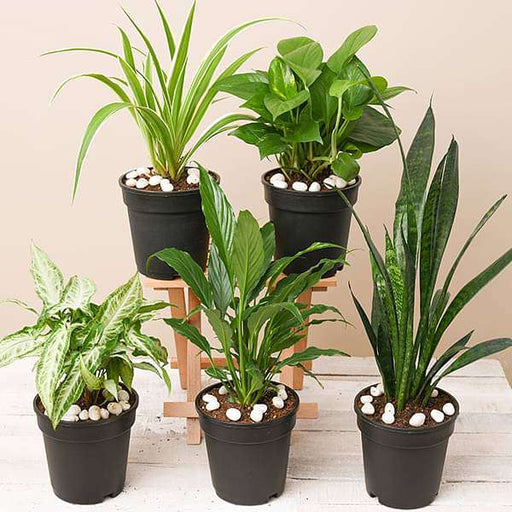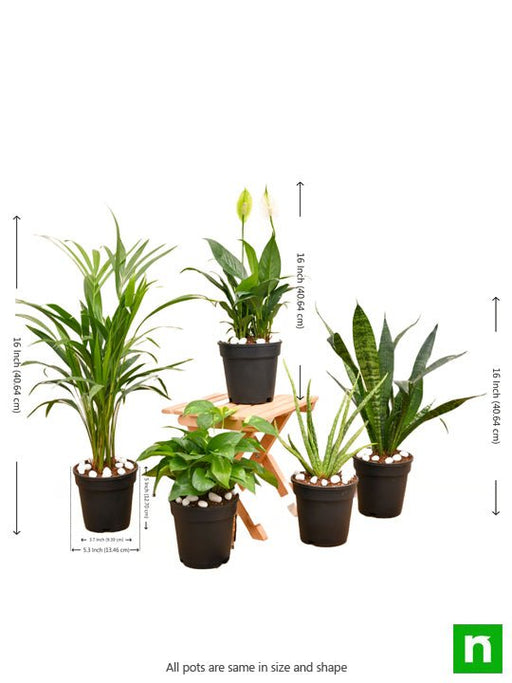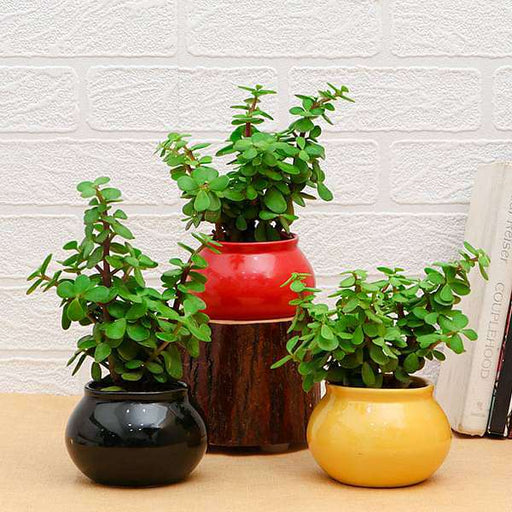Bell Pepper Varieties
Spice up your garden with our guide to the best bell pepper varieties. From sweet to spicy, we'll introduce you to the diverse world of bell peppers.
Growing Bell Peppers from Seed
Cultivate your own bell pepper bounty with our guide to growing bell peppers from seed. With our expert tips, you'll have a bountiful harvest in no time.
Bell Pepper Seed Germination
Unlock the secret to successful bell pepper seed germination. Our guide will reveal the best practices to ensure your bell pepper seeds sprout and thrive in your garden.
Bell Pepper Plant Care
Keep your bell pepper plants happy and healthy with our guide to bell pepper plant care. From watering to pruning, we'll help you grow the best bell peppers possible.
Bell Pepper Harvesting
Enjoy the fruits of your labor with our tips for harvesting bell peppers. We'll teach you how and when to harvest your bell peppers for the freshest and most flavorful results.
Storing Bell Peppers
Preserve the flavors of your bell pepper harvest with our guide to storing bell peppers. Learn the best practices to keep your bell peppers fresh and delicious for longer.
Cooking with Bell Peppers
Add some flavor and color to your meals with our guide to cooking with bell peppers. We'll share our favorite recipes featuring this versatile and nutritious vegetable.
Bell Pepper Companion Planting
Maximize your bell pepper harvest with our guide to companion planting with bell peppers. Learn which plants to grow alongside bell peppers for a thriving garden ecosystem.
Bell Pepper Pests and Diseases
Keep your bell pepper plants healthy and pest-free with our guide to bell pepper pests and diseases. Learn how to identify and treat common issues that can affect your bell pepper crop.
Bell Pepper Nutrition
Discover the health benefits of bell peppers and how they can boost your overall well-being. Learn about the nutrients that make bell peppers such a healthy and delicious choice.
Bell Pepper in Container Gardening
Short on space? No problem! Learn how to grow bell peppers in containers and enjoy the fresh flavors and colors of homegrown bell peppers anywhere.
Indoor Bell Pepper Gardening
Bring the beauty of bell peppers indoors with our guide to indoor bell pepper gardening. Enjoy the sweet and spicy flavors of bell peppers year-round from the comfort of your home.
Bell Pepper Seed Saving
Save your own bell pepper seeds and preserve your favorite varieties for future planting. Our guide will teach you how to save and store bell pepper seeds properly.
Bell Pepper Seed Tea
Steep yourself in the soothing world of bell pepper seed tea. Discover the health benefits of this unique beverage and how to make the perfect cup at home.
Bell Pepper Seed Oil
Explore the culinary possibilities of bell pepper seed oil. Learn how to make your own flavorful and nutritious oil from bell pepper seeds.
Bell Pepper Seeds vs. Chili Seeds
Compare and contrast bell pepper seeds and chili seeds in our great seed debate. Discover their nutritional profiles, health benefits, and culinary uses to decide which seed reigns supreme.
Bell Pepper Seeds for Weight Loss
Shed those extra pounds with the help of bell pepper seeds. Learn how these tiny nutritional powerhouses can support your weight loss journey and keep you feeling full and satisfied.
Bell Pepper Seed Butter
Enjoy the creamy and nutritious goodness of bell pepper seed butter. Learn how to make your own delicious and healthy spread at home.
Bell Pepper Seed Sprouts
Add some crunch to your meals with bell pepper seed sprouts. Discover how to sprout your own bell pepper seeds and enjoy the fresh and nutritious sprouts in salads, sandwiches, and more.

